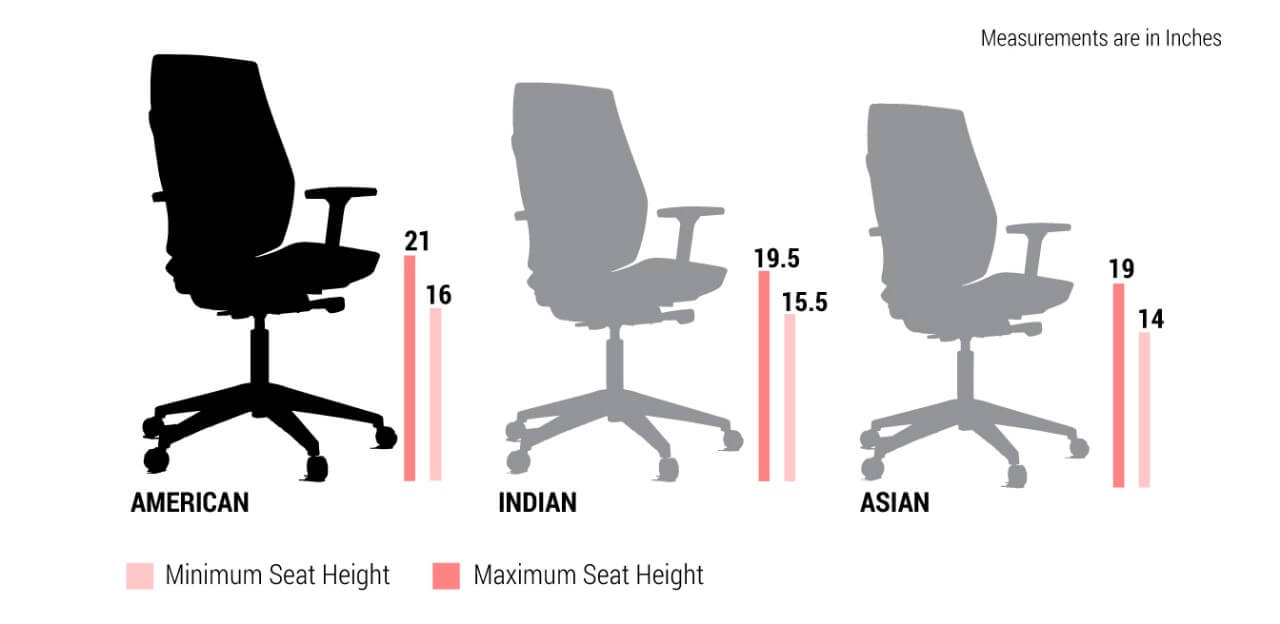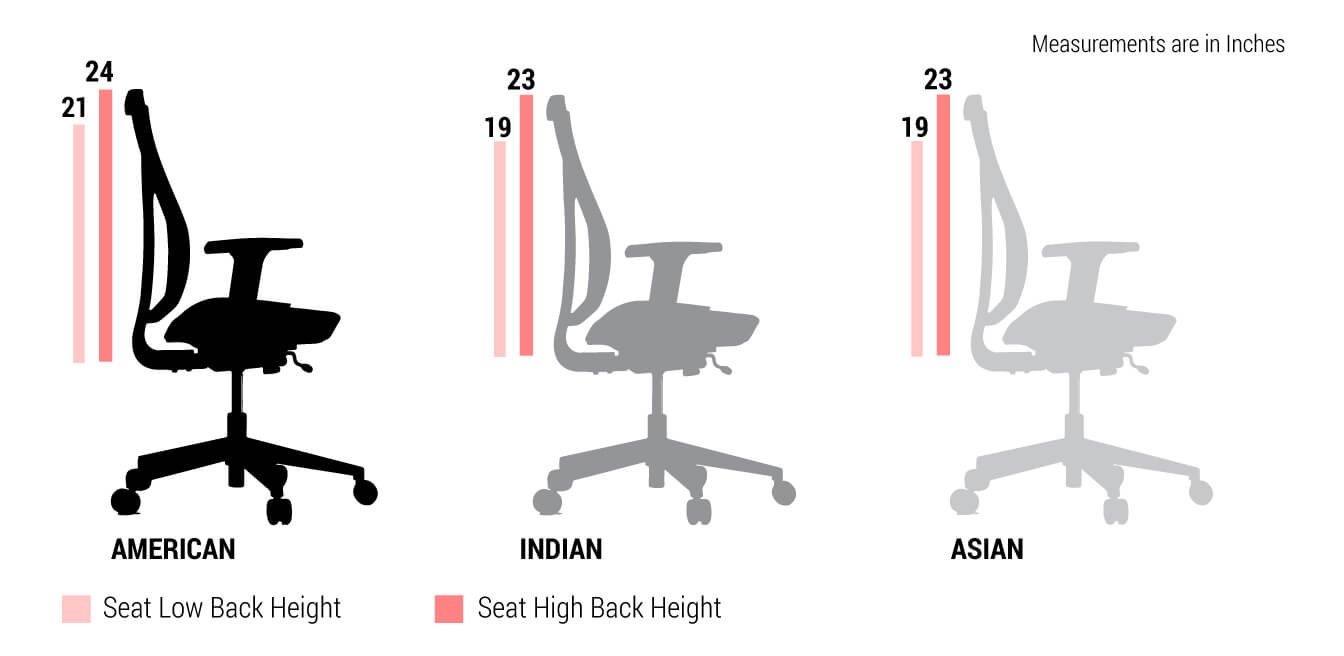Who wouldn’t want to work in an office environment or have a home office setup that is designed to keep your posture right and support your musculoskeletal health? An office that is not just well-lit and airy but also offers ergonomic furniture options like height adjustable tables, provides back support pillows for additional comfort, has monitors with anti-glare screens, and of course, provides adjustable chairs. This would surely be nothing short of a bonus, especially for us Indians, considering we spend an average of 9-12 hours a day in the office. With such long working hours and time spent in offices or home offices, what we need to have in place is sound workplace ergonomics.
Workplace ergonomics
Workplace Ergonomics is defined as the design engineering of workplace products such as office chairs and tables that are intuitive and promote healthy postures and easy movement. It is very important to have ergonomic furniture at the workplace where employees are seated for several hours throughout the day. An awkward or uncomfortable seating position can aggravate physiological and mental stress and can negatively impact their performance.
Simply buying any ergonomic furniture is not enough, you need to be sure that the measurements are according to the native standards. It would be inefficient to use American measurement standards while manufacturing Asian or Indian furniture. This is where anthropometry comes into the picture. Anthropometry is defined as the science of measurement and the art of application that establishes the physical geometry, mass properties, and strength capabilities of the human body. In simple meaning, Anthropometry can be defined as the study which deals with body dimensions i.e. body size, shape, strength, and working capacity for design purposes. The Indian population has its own anthropomorphic needs, something that has often been ignored. They should be considered while choosing furniture solutions for Indian workplaces.
Ergonomic design considerations & the variation of anthropometrics according to demographics
Anthropometric dimensions for each population are ranked by size and described as percentiles. It is common practice to design for the 5th percentile (5th%) female to the 95th percentile (95th%) male. The 5th% female value for a particular dimension (e.g. sitting height) usually represents the smallest measurement for design in a population. Conversely, a 95th% male value may represent the largest dimension for which one is designing. Data in anthropometric databases may represent static dimensions, such as “lower leg length” or functional dimensions such as “reach.” Anthropometric datasets compare people of different ages and occupations. The ideal measurements also vary depending on the geographical location. Asian ergonomics will be different from say American or European ones since the body types are different. Likewise, even under Asians, the Indian ergonomics will be a little different.
For instance, the optimum Seat height, which is the length between the seat and floor (or footplate), has to be precisely measured from behind the person’s knee to the sole of their foot while seated. It is different for Indian, Asian and American standards. Let us understand few of the parameters better with the help of images comparing American, Indian and Asian measurement standards.




At HNI India, we focus more on the Indian ergonomic needs as it is an area that has long been neglected by office furniture manufacturers. We have been working at the intersection of the social behavior of people, technology, and the impact of space on their behavior. This human-centered design ideology has been influencing our thinking and our understanding of workplace needs for the past several years.
If you are looking to buy ergonomic chairs or desks for your office space and want to consult the global ergonomics experts - HNI is here to help! Visit our website and contact us, today!

